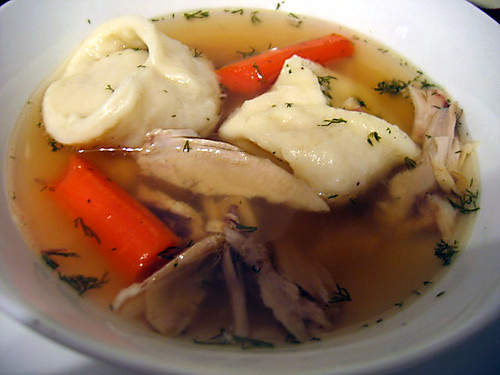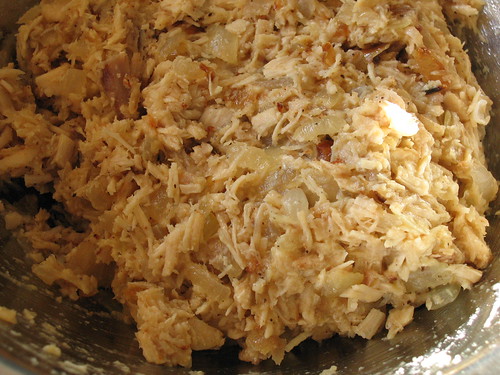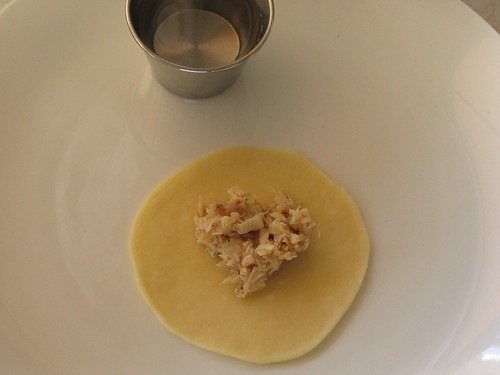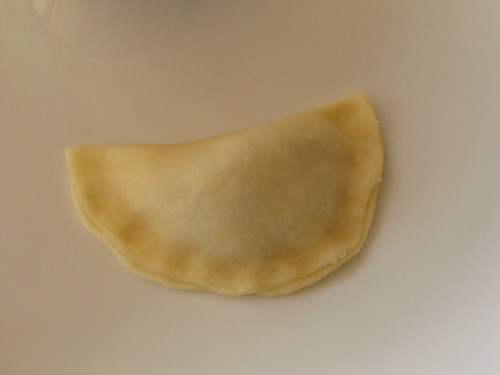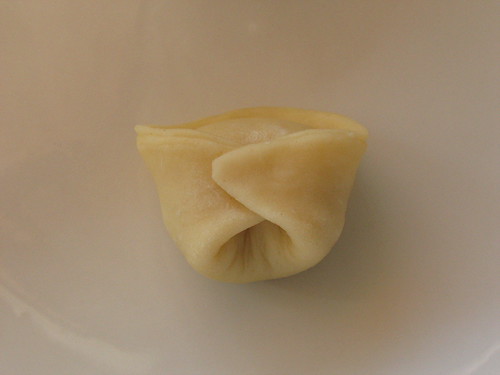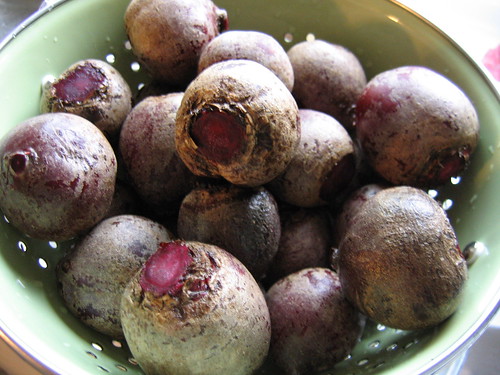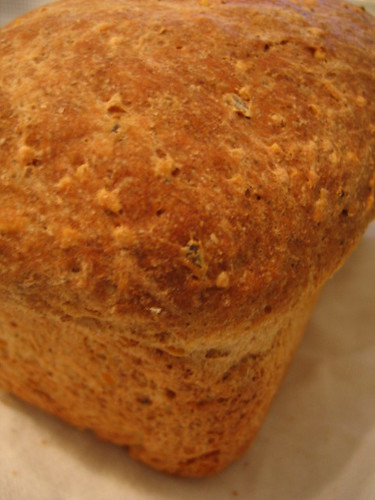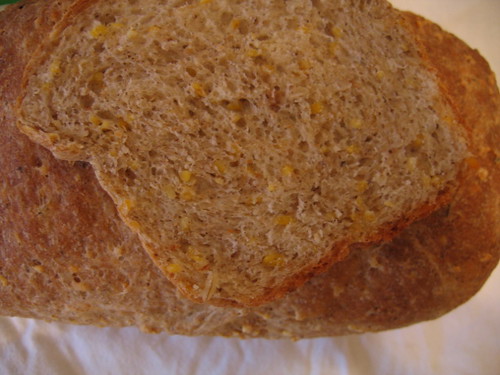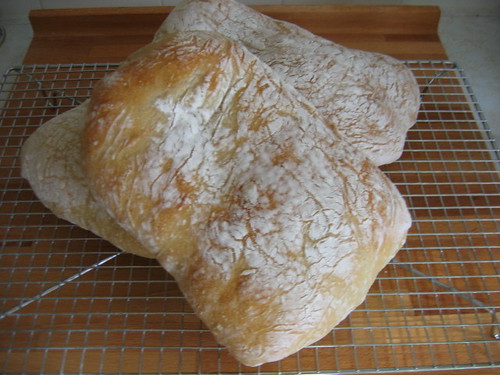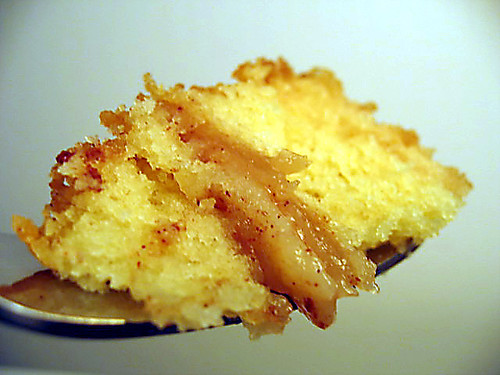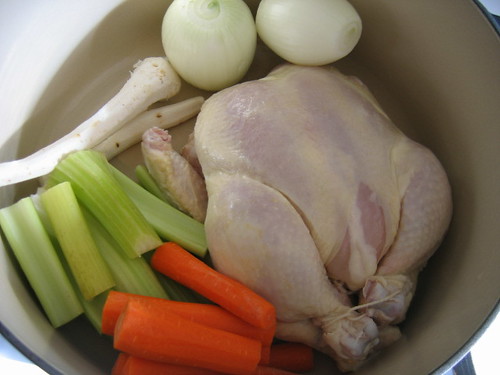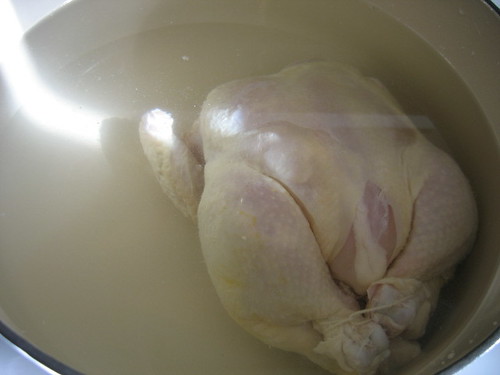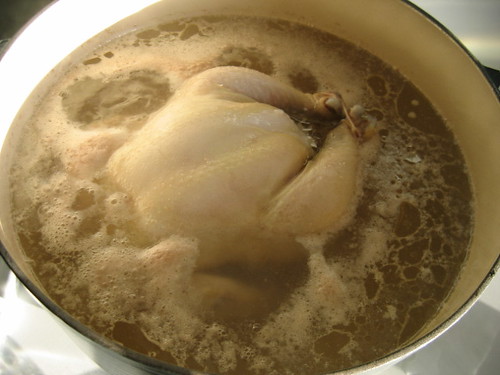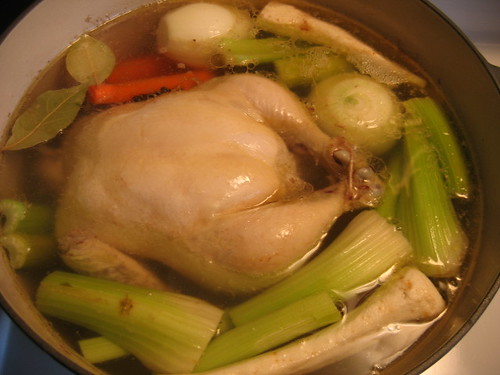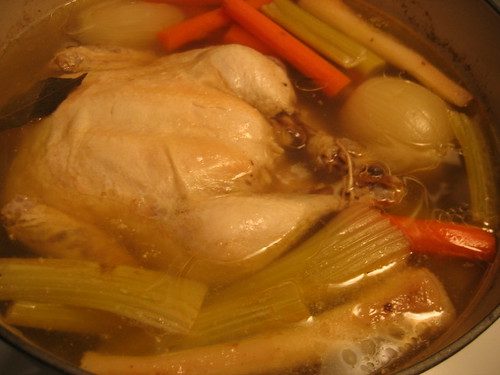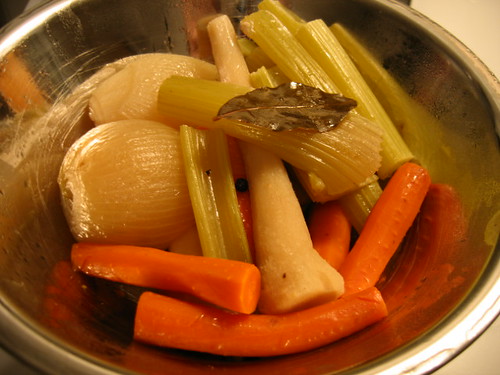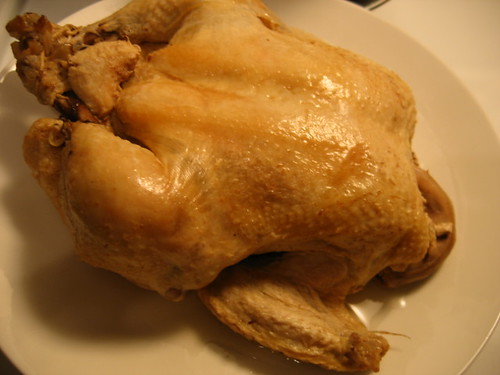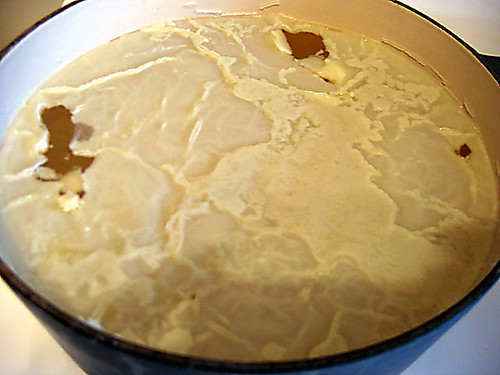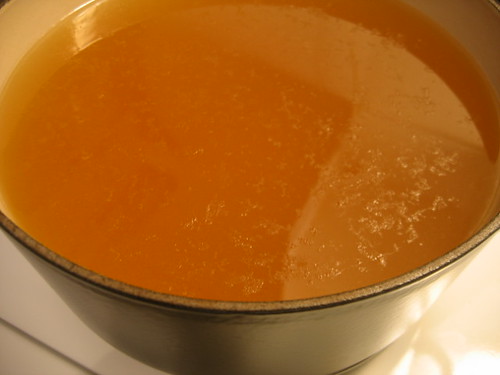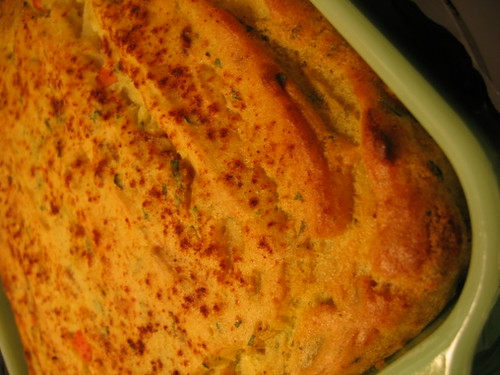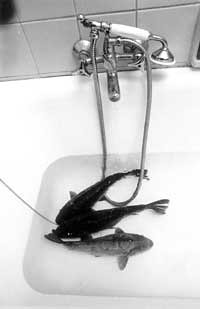First off, a little joke:
Buzz Off
One day, two bees are flying around what's left of a rose bush.
"How's your summer going?" asks the first bee.
"Not too well," says the second bee. "Lotsa rain, lotsa cold. Not enough flowers ... not enough pollen."
The first bee gets an idea. "Hey, why don't you go down to the corner and hang a left? There's a bar mitzvah going on. Plenty of flowers and fruit."
Bee two buzzes back, "Great, thanks!" and takes off. An hour later, the bees bump into each other again.
"How was the party?" asks the first bee excitedly.
"Great!" replies the second.
The first bee, however, notices a small circle on top of his friend's head, and asks, "What's that on your head?"
"A yarmulke," he answers. "I didn't want them to think I was a WASP."
and now from bees to
honey cakes ....
important notes [if you don't already know]:
if you measure the oil for these recipes first & then use the same measuring cup to measure the honey, it will slip right out.
some people do not eat nuts during Rosh Hashanah because the hebrew numerical value for "nut" is the same as that for "sin" {and not to mention more and more people with allergies to nuts}. The cakes below provide for the optional inclusion of them and are equally delicious without the almonds.
a great baking tip:
Use a strand of uncooked spaghetti to test a cake for doneness when a toothpick isn’t long enough, or if you don’t have any toothpicks in the house.a contest was run in The Jerusalem Post newspaper to find the best honey cake recipe. this was the winning submission.
simple israeli honey cake {suzanne quintner's}
4 eggs
1 cup vegetable oil
1 cup brown sugar
1 cup honey
1 cup double strength black coffee
350 g [12 oz]* self-raising flour
[or make it yourself with this basic formula: 1 cup all-purpose flour and add 1-1/2 teaspoons baking powder and 1/2 teaspoon salt]
1 teaspoon allspice and 1 teaspoon cinnamon
*i highly suggest using 3 c (USA - type) of flour
Method:
Beat eggs, oil and sugar until sugar has dissolved. Add honey and coffee and then beat in the flour mixed with the spices gently.
Bake in a large round fluted tin [bundt/tube pan] at 170 [338 F] degrees for 1 hour or til tested it is cooked in the center. (it took mine longer to bake by up to 30 min extra).
—> after trying this recipe, i suggest using either 2 (large) loaf pans lined with parchment paper; when trying the cake with the exact measurements stated in the recipe, it resulted in a very sticky batter (which is why i say to increase the flour to 3 full cups). the cake is definitely excellent tasting and worth making.
This one is from
A Treasury of Jewish Holiday Baking by Marcy Goldman and is one of the better recipes I have come across. Marcy is also from Montreal and has a great website which you can visit @
www.betterbaking.com [while it used to be free, you can still get the very basic features at no cost. it really is, however, worth the subscription — an excellent site.]
Serves 8 to 103-1/2 cups all purpose flour
1 tablespoon baking powder
1 teaspoon baking soda
1/2 teaspoon salt
4 teaspoons cinnamon
1/2 teaspoon cloves
1/2 teaspoon allspice
1 cup vegetable oil
1 cup honey
1/2 cup brown sugar, packed
1-1/2 cups granulated sugar
3 eggs
1 teaspoon vanilla extract
1 cup warm coffee or strong tea
1/2 cup orange juice
1/4 cup rye or whisky
1/2 cup slivered or sliced almonds
Preheat oven to 350 F & lightly grease the pan you are using [see below].
This cake is best baked in a nine- or ten-inch angel food cake pan, but can also be made in a 10-inch tube or bundt cake pan, a 9 x13-inch sheetpan, or if you wish, in three 8 x 4-1/2-inch loaf pans.
In a large bowl, whisk the flour, baking powder, baking soda, salt and spices. Make a well in the center, and then add the oil, honey, sugars, eggs, vanilla, coffee, orange juice and rye or whisky. With an electric mixer on slow speed or whisk, combine the ingredients to make a thick batter. Spooning the batter into the prepared pan, sprinkle the top of the cake evenly with the almonds. Bake until the cake springs back when you touch it gently in the center.
For tube or bundt (or angel) cake pans, bake for 60 to 70 minutes. They can be made into loaf cakes also and baked for 45 to 60 minutes. If making a sheet-style cake the baking time is 40 to 45 minutes.
The batter is a liquidy depending upon your oven, extra time may be needed. Let the cake stand for 15 mintues before removing it from the pan. Afterwards let cool on a wire rack completely.note: If you do not like or want whiskey, replace it with orange juice or coffee.
another very, very good cake is from levana kirschenbaum, from her book
Levana's Table. her version is a little different in that it uses cardamom. i often bake this by halving the ingredients and adding 1/8 tsp allspice, 1/8 tsp ground cloves, 1/8 tsp black pepper & omit the cardamom [sometimes i also include it]. here is a picture of my version, the recipe cut in half for a loaf pan. you may leave the spices out too if you don't like them.
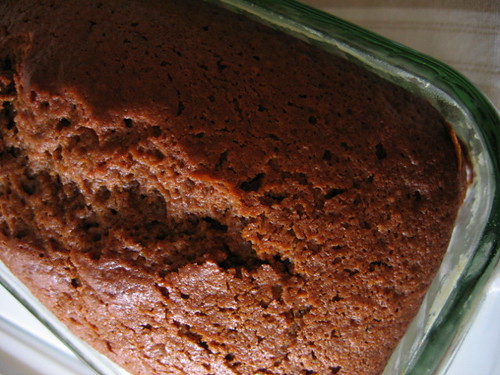
3 cups flour
2 teaspoons baking soda
2 teaspoons baking powder
pinch of salt
1 tablespoon ground cardamom
1 tablespoon ground ginger
1/4 teaspoon nutmeg
2 teaspoons cinnamon
4 large eggs
1 cup dark brown sugar, packed
1 cup honey
1 cup vegetable oil
1 cup very strong warm tea [2 tea bags steeped in 1 cup boiled water]
1/2 cup ground almonds, optional
3 tablespoons sliced almonds [add if using the ground almonds]
Preheat oven to 325 degrees.
In a bowl, mix the flour, baking powder, baking soda, salt, cardamom, ginger, nutmeg, and cinnamon and ground almonds, if using. set this aside.
Mix the remaining ingredients except the sliced almonds. add the flour mixture to this in increments til well blended. do not over mix.
Pour the batter into a greased 10-inch tube or bundt pan. Top with the sliced almonds, if used.
Bake for 1 hour or until a tester inserted in the middle of the cake comes out clean. Invert cake onto a rack to cool.
and finally, one last cake for you to try:
Runi Hyman's [Oregon’s Kosher Maven's] Honey CakeMakes a 10-inch tube cakethis one is from a jewish lady who used to provide meals for transient & kosher meal-seeking portlanders from the late 1920's until almost 1970. apparently Runi was a phenomenal kosher cook.
3 large eggs
1 tablespoon fresh lemon juice
Grated rind of 1 lemon
1/2 cup vegetable oil
1 cup honey
1 cup warm black coffee
3 1/2 cups all purpose flour, sifted
2 1/2 teaspoons baking powder
1 teaspoon baking soda
1/2 teaspoon salt
1/4 teaspoon cream of tarter
1 cup sugar
1 teaspoon cinnamon
1/2 cup slivered almonds
Preheat the oven to 350 degrees and grease and flour a 10-inch tube pan.
Place eggs, lemon juice & rind, oil, honey and coffee in a bowl of an electric mixer. Mix on low speed until well blended. In another separate bowl combine flour, baking powder, baking soda, salt, cream of tartar , sugar and cinnamon with a fork until mixed. Gradually add the flour mixture to the eggs mixture, mixing for about 5 minutes or until well blended. Fold in the slivered almonds. Pour the batter into the tube pan. Bake in the oven for 50 minutes to 1 hour, or until a toothpick inserted in the center of the cake comes out clean.
the finished pepitada. a centuries old tradition.
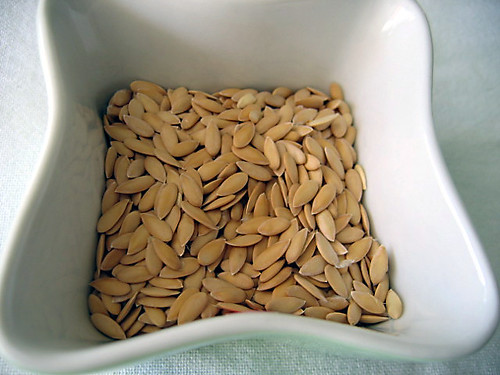
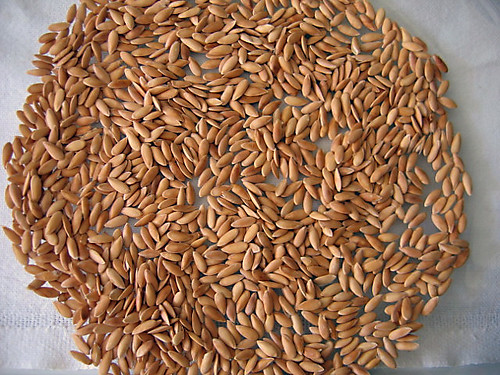
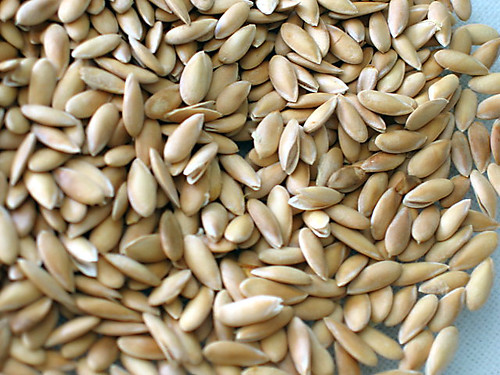
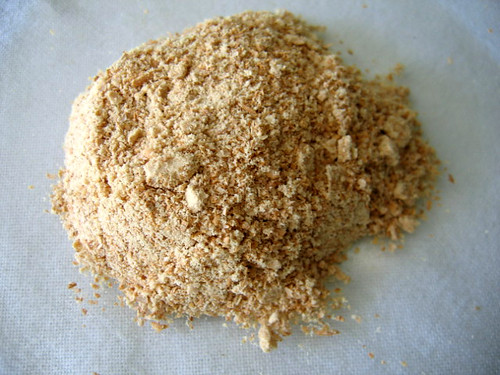
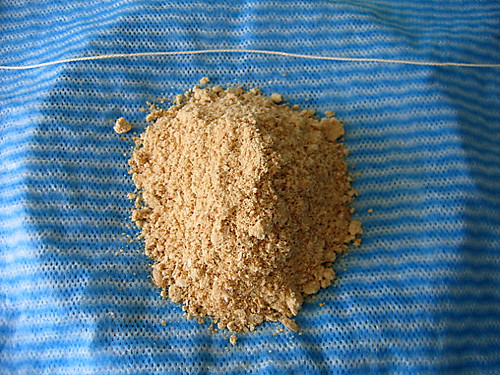
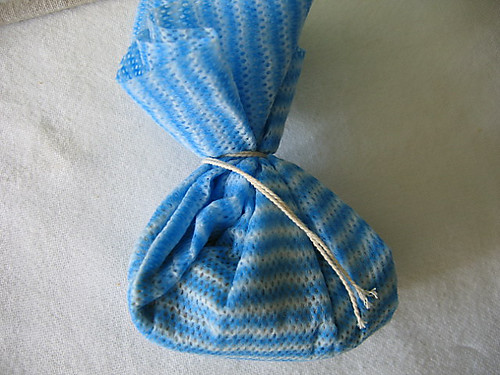
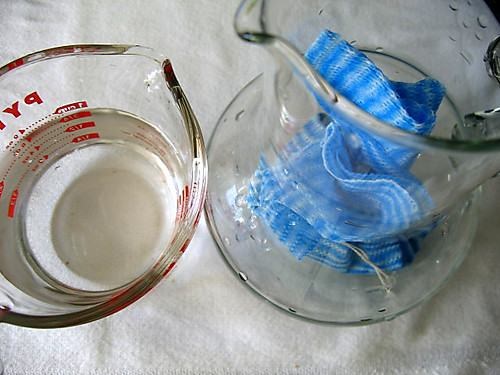
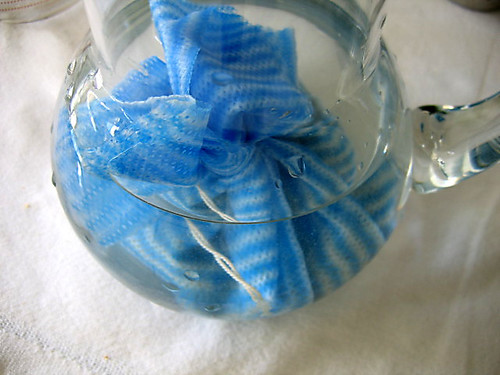
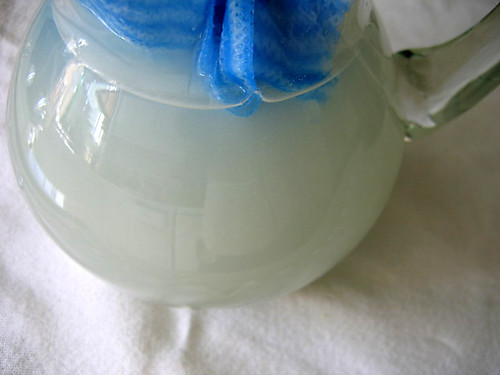
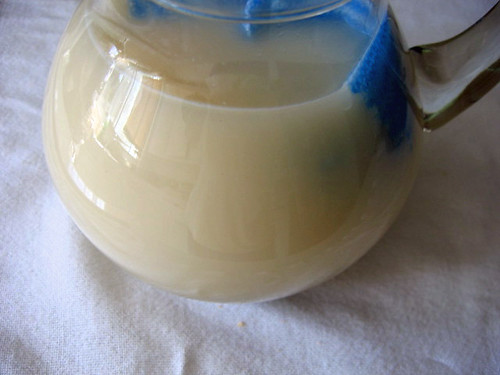
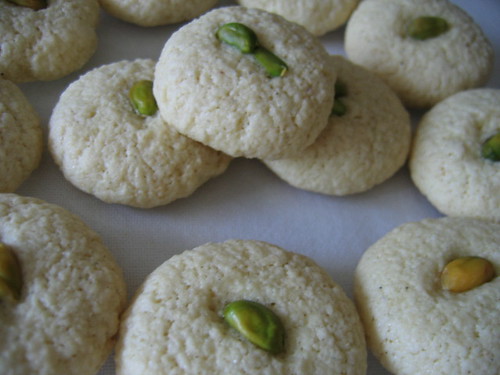
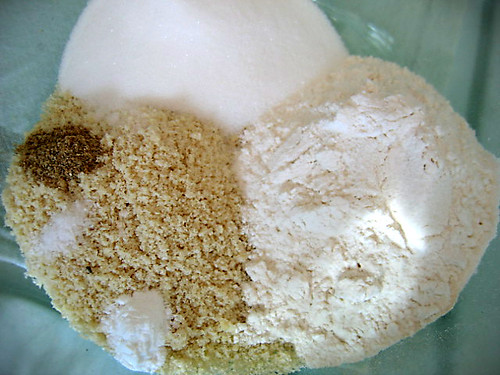


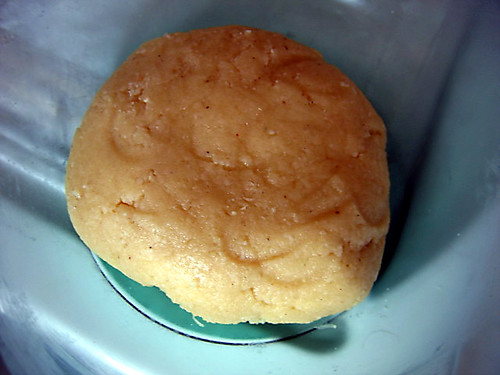

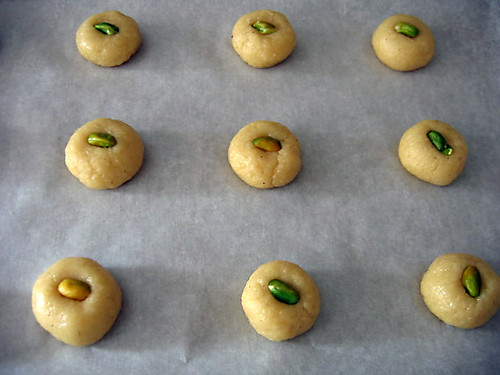
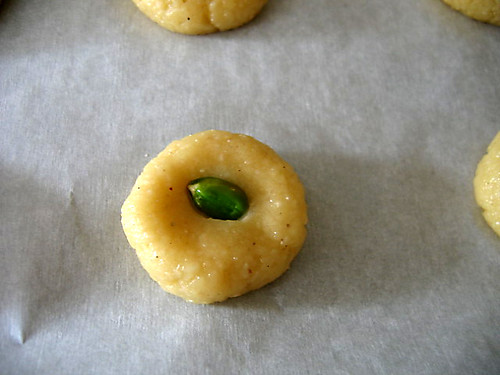



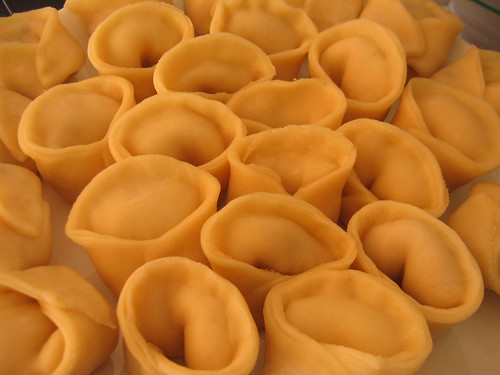
 pfo, hook (from their hooklike shape).
pfo, hook (from their hooklike shape).